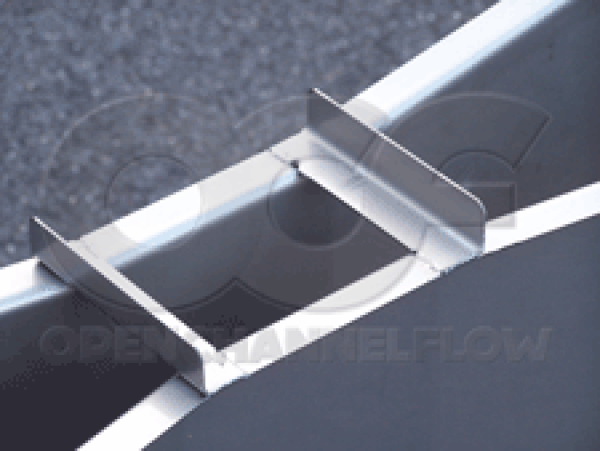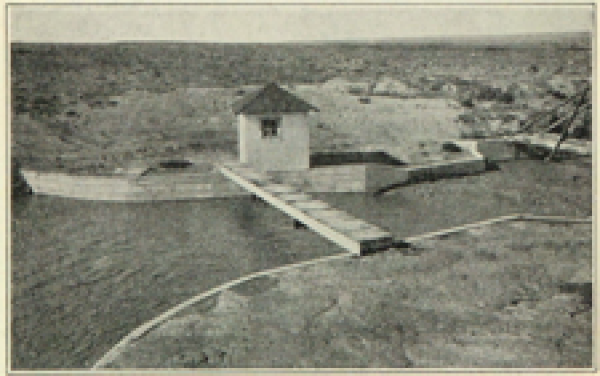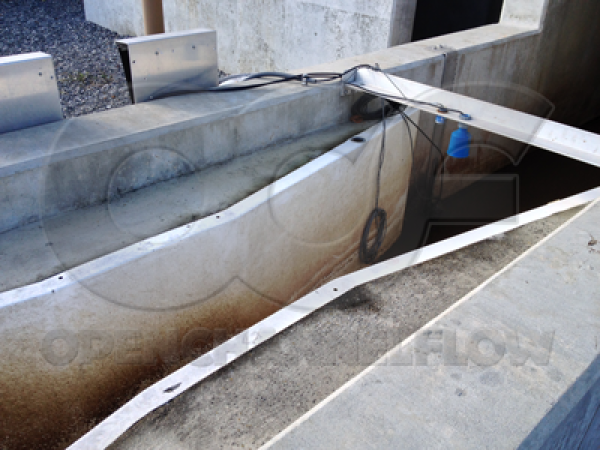This website uses a variety of cookies, which you consent to if you continue to use this site. You can read our Privacy Policy for
details about how these cookies are used, and to grant or withdraw your consent for certain types of cookies.
Non-Standard Parshall Flume Sizes
Over the years 22 standard sizes of Parshall flume have been developed. Sized by throat width, these standard flumes range from 1-inch all the way up to 50-feet. With so many sizes available you would think that there wouldn’t be a call (or need) for intermediate sizes. Experience has shown, though, that this isn’t the case.
Three mid-range sizes have crept into the market over the years. These are: the 21-inch, the 30-inch, and the 42-inch, with the 30-inch and 42-inch being the most popular.
These non-standard sizes are used for a variety of reasons. The most common reason being that the flow through the channel is high enough to warrant a particular size of Parshall flume, but the channel is not wide enough to accomodate it. When this happens and either the channel cannot be modified or the owner is unwilling to modify it, an intermediate sized flume is used.

An Empirical Device
It is important to understand that the Parshall flume is an empirical device; that direct testing and observation obtained the discharge tables for the flumes.
Unlike Cutthroat and RBC flumes, interpolation between standard Parshall flumes sizes is almost universally discouraged. ASTM, ISO, JIS, and the U.S. Bureau of Reclamation all state that Parshall flumes are not geometrically proportional, that they are standardized devices, and that have been directly calibrated.
Alternatives to Non-Standard Parshall Flumes
There are two alternatives to using a non-standard Parshall flume: use another type of flume (e.g. Cutthroat) or use a standard Parshall flume size with extended sidewalls. Of these two options, the first (using another type of flume) is preferred as the flow characteristics of the flume are already know.
While it is believed that the flow equations for standard depth Parshall flumes apply to extended depth Parshall flumes, this is not a certainty. Still, even lacking certainty on the applicability of the discharge equations, the solution is better than using an untested Parshall flume size.
This is particularly true in applications governed by NPDES discharge permits. One of the key criteria for inspectors following the EPA’s inspection guidelines for NPDES compliance is verification of the flume’s size – with specific, standard sizes given in Appendix A of the guidelines.
Image: State of Nevada - Department of Conservation and Natural Resources - Nevada Division of Environmental Protection
Related Blog Posts
Explore more insights in our blog.

LOCATIONS IN ATLANTA, GA & BOISE, ID




